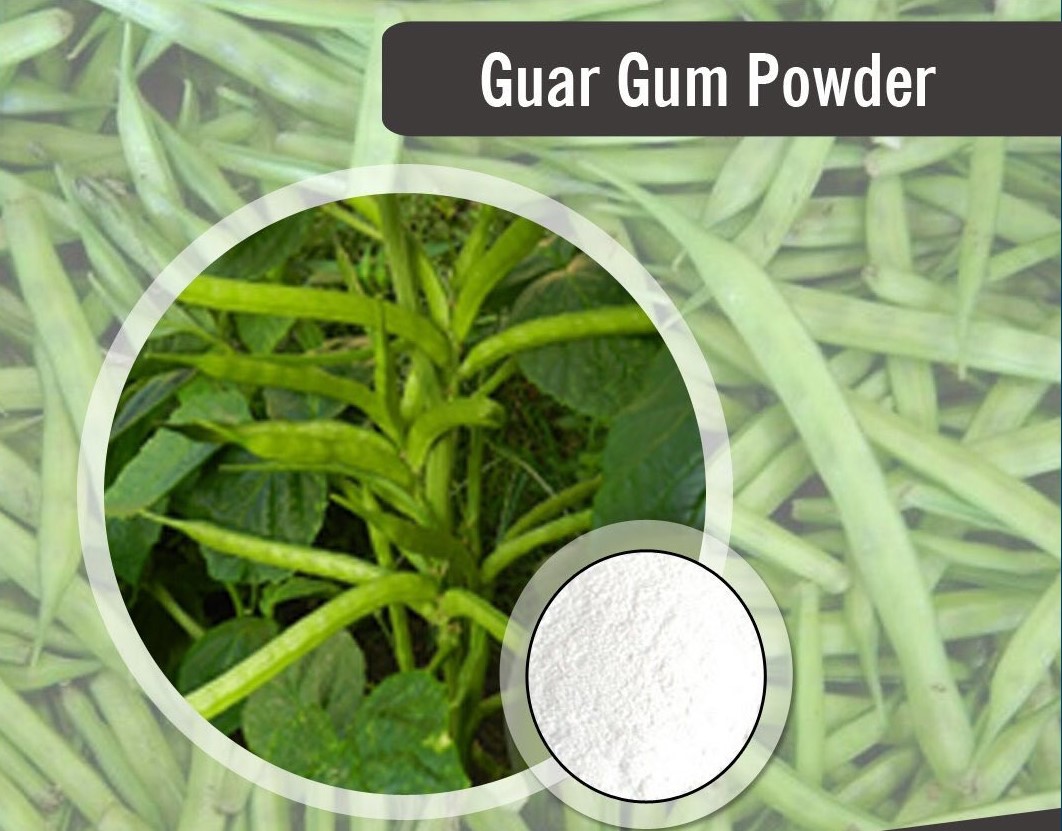Guar gum, chemically, is an exo-polysaccharide that is composed of the sugars- galactose and mannose. The backbone of the structure is a linear chain comprising of β 1,4-linked mannose residues to which galactose residues are 1,6-linked at every second mannose. As a result, they form short side-branches. Guar gum has the ability to withstand high temperatures of 800c for around five minutes. The presence of extra galactose points makes the guar gum more soluble in water. There are a number of other properties of guar gum powder that makes it suitable for wide industrial applications. Guar gum is used in the food industry, textile industry, paper industry, explosives industry, pharmaceutical industry, cosmetics & toiletries industries, hydraulic fracturing.
What is Kefir?
Kefir is a type of fermented milk drink, which is quite similar to yogurt. It first originated in the Caucasus, Eastern Europe, and Russia, and was prepared by inoculating cow, goat, or sheep milk with kefir grains. The grains of kefir are fermented overnight at ambient temperatures that yields sour, carbonated, and slightly alcoholic beverage having taste & consistency similar to yogurt. It contains a symbiotic culture of lactic acid bacteria and yeasts embedded in a matrix of proteins, lipids, and polysaccharides. This pattern resembles that of small cauliflower grains and is formed due to the result of microbial activity.
During the fermentation of kefir grains, the ingredient composition changes. Lactose or the sugar present in the milk is converted into lactic acid by the bacteria causing acidification of the product. This lactic acid is further broken into propionic acid. Other compounds that play a major role in flavor addition of kefir are pyruvic acid, acetic acid, diacetyl, acetoin, citric acid, acetaldehyde, and amino acids.
Guar gum powder is used as an additive in making kefir. It is an important component for making dairy products. It is used in making cheese and improves its texture and tenderness. Guar gum powder also adds a mouthfeel to the dairy products and hence is widely preferred in the industry.
Guar gum powder is used in kefir as a thickening agent. Apart from kefir, it is preferred as a thickener in milk, yogurt, and liquid cheese products and help to maintain the homogeneity & texture of ice-creams. The structure of guar gum imparts it a number of properties that makes it suitable for numerous applications as gelling, viscosifying, thickening, clouding, and binding agent.
How to Make Kefir?
The first step of making coconut milk kefir includes mixing of kefir grains in the coconut milk and stirring it with a non-metal spoon. Then, cover the mixture with a coffee filter or a cloth and secure it by a rubber band. It is then cultured at room temperature, between the range of 68°-85°F. Guar gum powder is added before the solution is kept for culture in place of other additives and sweeteners as they can be hard on the kefir grains. Start checking the condition of culture after 12 hours. Once the coconut kefir has achieved the required consistency remove the milk kefir grains from it.
The Bottom Line: Guar gum powder is the most preferred additive in making Kefir. It is used as a thickening agent and should be added to the solution (before being kept for culture) in place of other additives and sweeteners who have the tendency to be hard on kefir grains. Guar gum has the ability to be used as a gelling, viscosifying, thickening, clouding, and binding agent in numerous industries.

